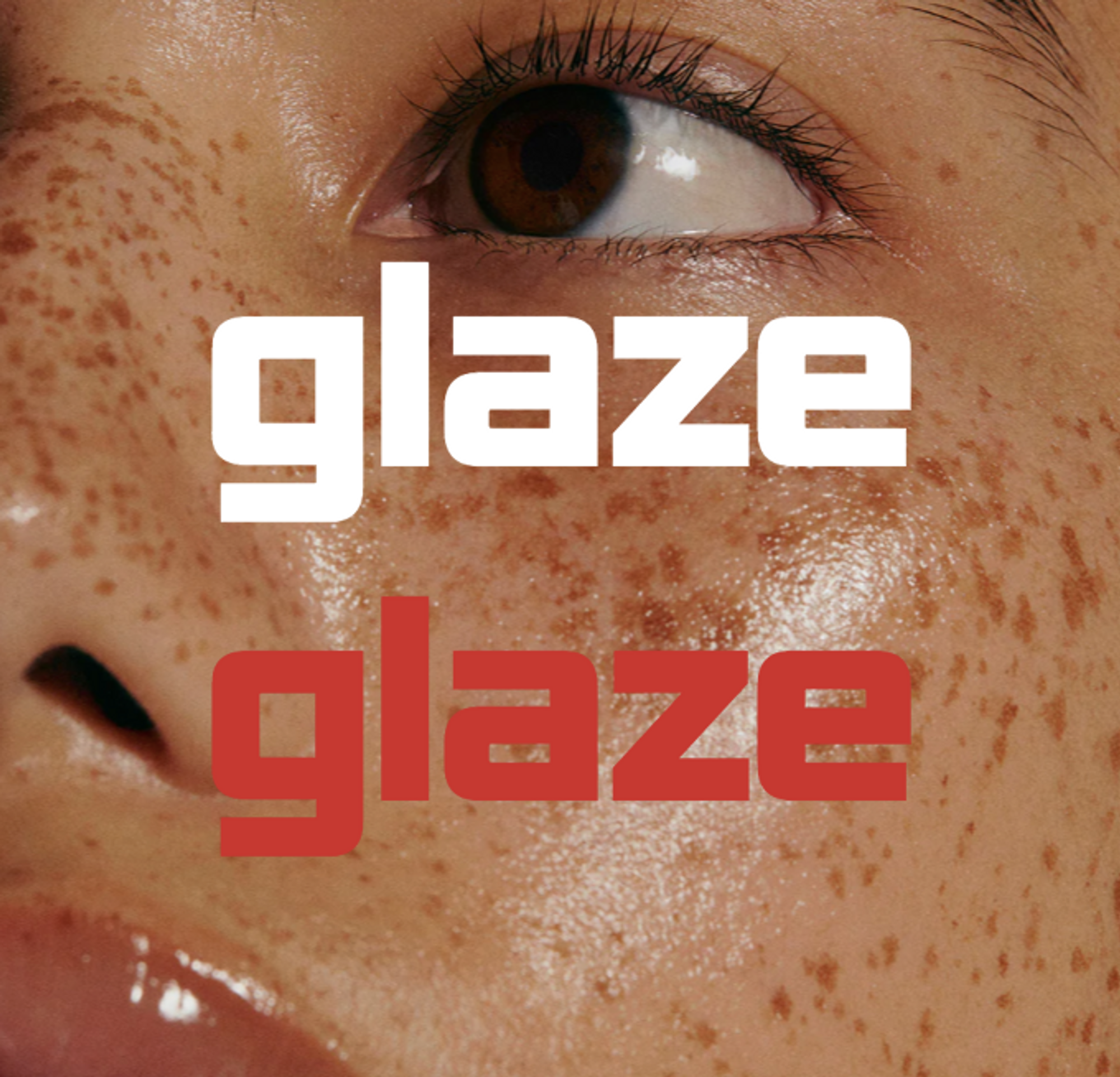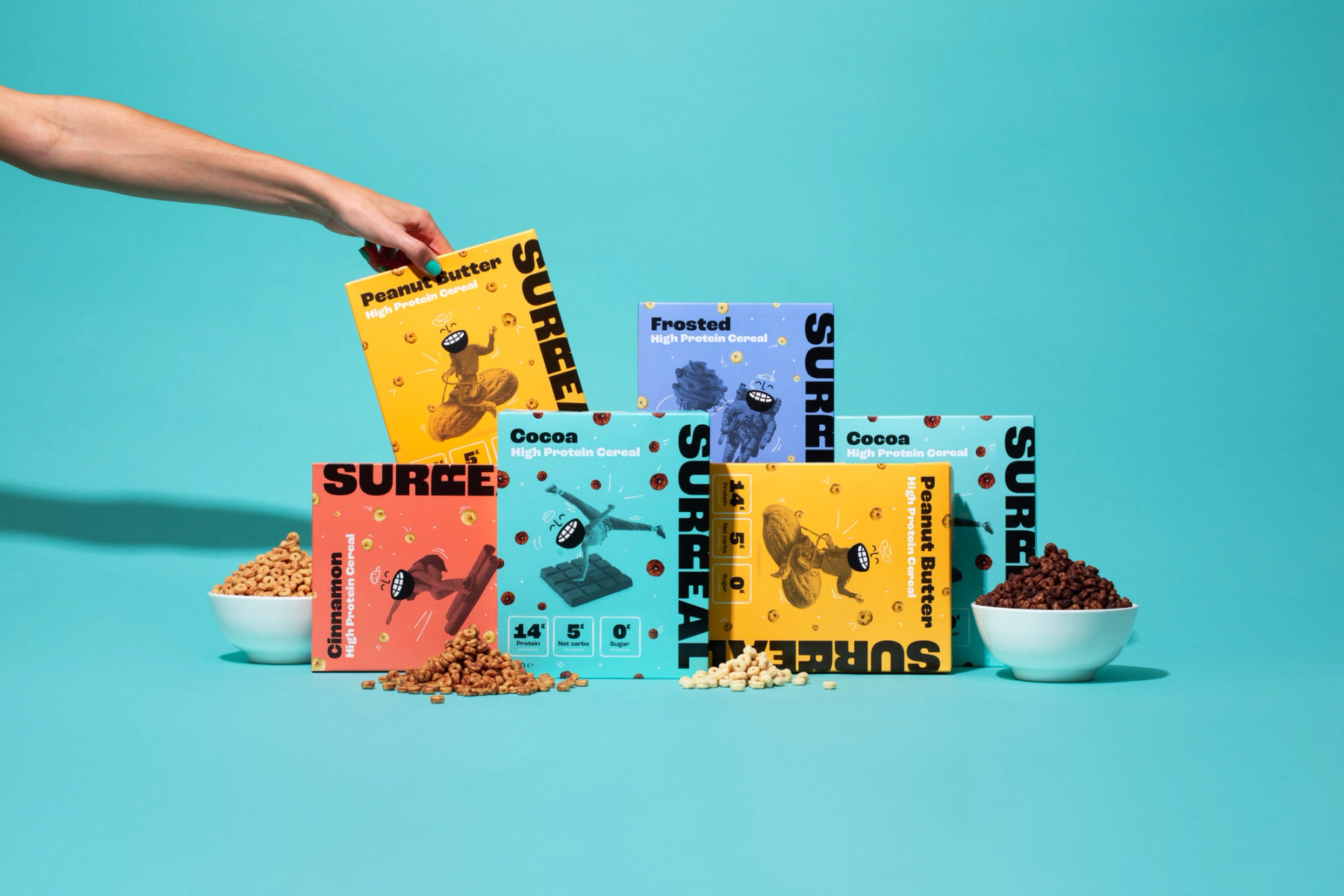Writing is the secret spice for branding, but getting your tone of voice right needs careful thought. We asked AUFI agency Fonzie why broad statements like ‘we’re human and warm’ no longer cut the mustard



We’re relatable, yet aspirational. We’re playful, yet serious. We’re human and warm, but never too much. Sound familiar? Such are the vaguely worded ambitions of a thousand tone of voice guidelines. Design gets the lion’s share of attention, but writing and language is equally important for modern brands – particularly as they exist across a plethora of online and offline touchpoints.
“It’s the other half of the meme,” jokes Arin Delaney, co-founder and Creative Director at Fonzie – an AUFI agency that’s worked with brands including Nike, Calirosa and Rhode. “Words can really help contextualise and help you stand out, which is really valuable … when you see it work, and you see the power of it, it’s pretty rad. It’s how you build a relationship with your audience.”
“Words can help differentiate why people should care, why they should click through, and why they actually need something or how it can benefit them.”
Madison Palasini - Partner and Copy Director, Fonzie
“I think it helps differentiate brands,” agrees Fonzie partner and Copy Director Madison Palasini. “Right now, things are supersaturated. Consumers have a lot of options – take the skincare industry, for instance. There’s so much on people’s feeds, I think words can help differentiate why people should care, why they should click through, and why they actually need something or how it can benefit them.
“I also think having something to say that can connect with your community on a real level – rather than — here are buzzwords, here’s what’s trending — gives them something to hold onto,” she adds. “It creates more of a space they want to go. They don’t necessarily have to buy the product, but on social you can see what they posted that day and be a part of it. It’s about creating a world and universe for them.”


Words can establish a relationship with people in a way that imagery, arguably, can’t. There’s a level of emotion and intimacy they offer, as well as a kind of magic that comes through when a brand hits on the perfect name for something, or the perfect turn of phrase. But getting to that level requires a brand to identify some kind of fundamental truth first – and that’s whether you’re a startup that’s still establishing yourself, or an established business that’s experiencing some confusion around your brand. Fonzie’s method is to discover three core pillars that any brand writing can always ladder back up to.
“First we build the cake – and then we can start icing it.”
Arin Delaney - Co-Founder and Creative Director, Fonzie
“Because we’re commercial writers,” explains Delaney. “We want to make sure we’re solving a problem, hitting value propositions, and establishing what is distinctive or noticeable about the brand. First we build the cake – and then we can start icing it. You have to define the brand, then you develop in the world or lifestyle around it. Does it make sense for them to be funny? What kind of funny — witty? Snarky? Playful? We start to dial in traits, like humour, while always keeping it accessible and building real connection.”
All of the above work is likely to result in a tone of voice document, which guides brands’ choice of words across the various touchpoints. However getting these guidelines right is an art in and of itself. Fonzie’s main piece of advice for getting the most out of them is to ensure they’re actionable and useful, rather than vague and flowery. Instead of making wide-ranging statements like ‘we are human’, tone of voice documents should be helpful tools and thought-starters. That means avoiding broad adjectives, which are highly subjective, and including plenty of context. It’s all very well to have a lovely, poetic tone of voice document, but does it help you write an email? Does it show how to juxtapose imagery with words?
Fonzie’s are broken out across channels – for example showing samples of what an email might read like, or a social post, and the subtleties in difference of tone between the two. They might also include some dos and don’ts in terms of style and copy, using existing examples from a brand’s channels. “You can write a page describing what someone sounds like, but talk to them for two seconds and you have a clear picture of who they are. We like giving examples and use cases they can put into action to show teams how their voice is coming to life,” says Delaney.



Once a brand has identified its tone of voice, the next big job is maintaining that creative vision across its platforms. This might require a change in comms strategy – for example, reducing the number of sales emails in favour of messaging that reminds people who the brand is and what they stand for. It could even be about reducing the amount of communication overall, to allow words to create a deeper impact when they land.
The value of distinctiveness can’t be overestimated, and while it’s tempting to follow the same patterns or formulae of other brands, carving your own path can be enormously effective. For example, Fonzie has long collaborated with independent movie studio and distributor A24 on their copy. “It was different from what any other studio was doing,” says Delaney. “They took the time to brand themselves, rather than solely focusing on marketing their titles. And they kept it consistent, across the look, the shop, the titles, the voice — and it’s paid off.”
“Words are an opportunity to hone in on an insight or a truth, or a feeling,” concludes Palasini. “When you’re doing something very specific, in an intimate space, that everyone can relate to – that’s when you make those little nuggets that you just know are true, and people can connect with in a real way. That speaks volumes about the brand.”



